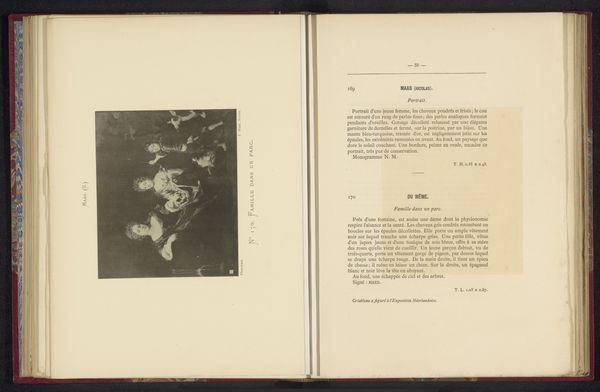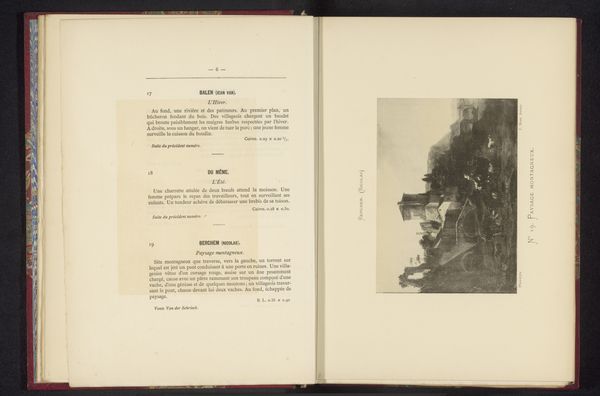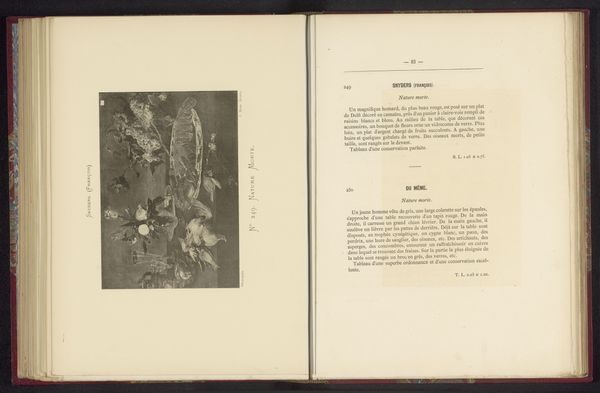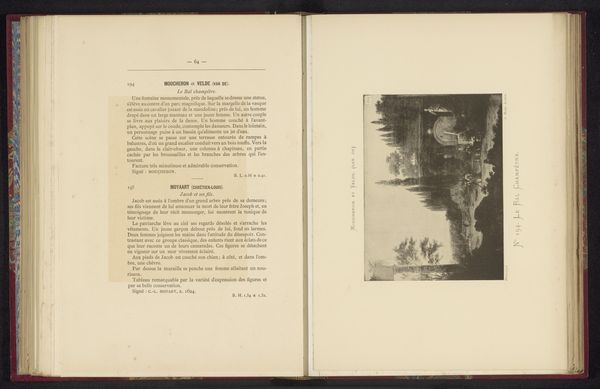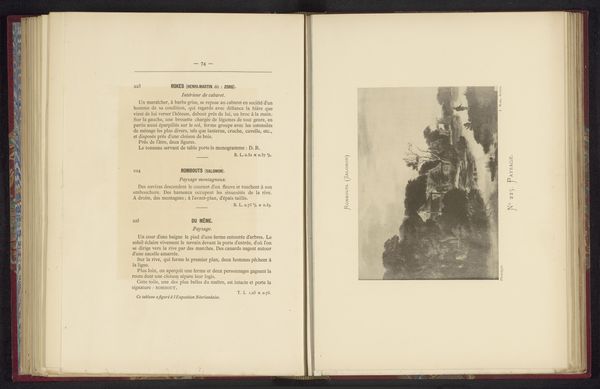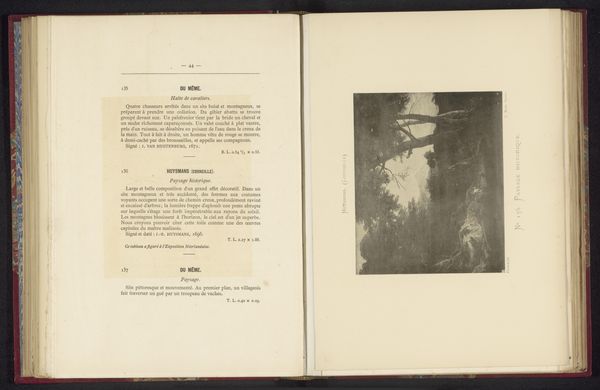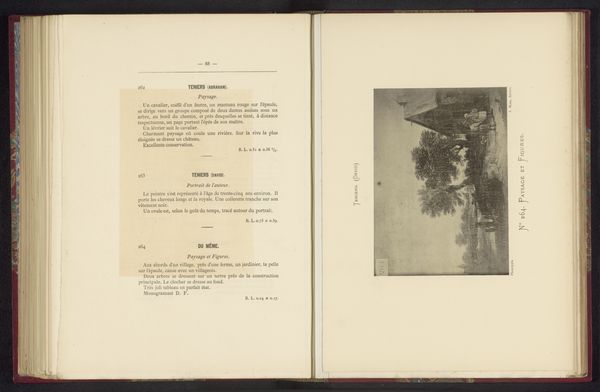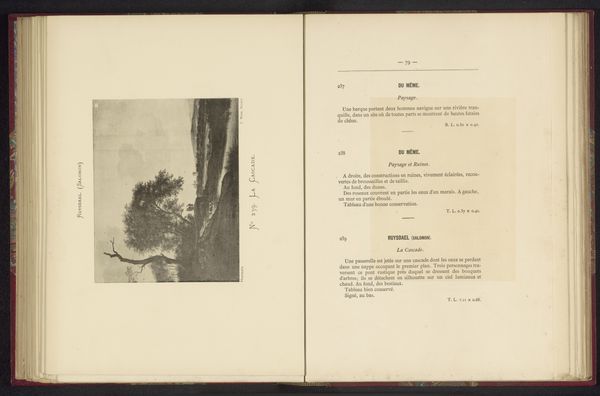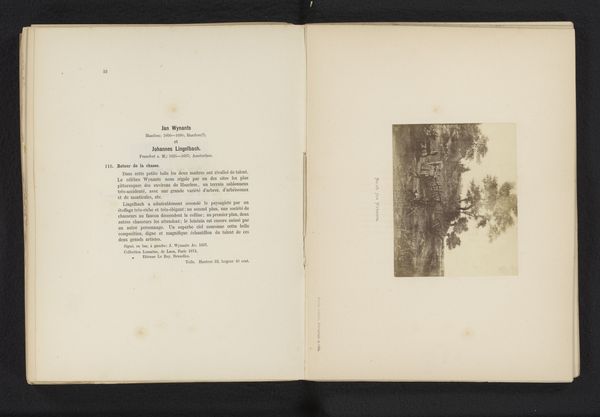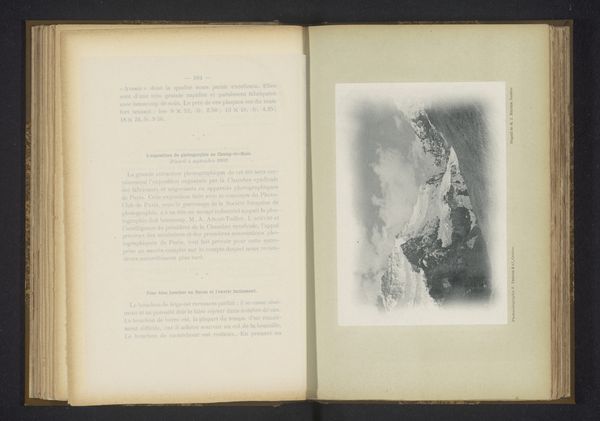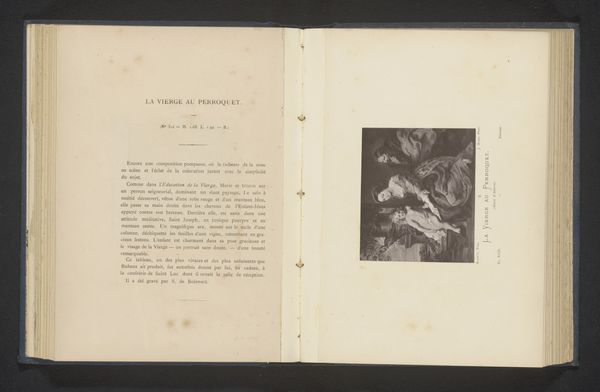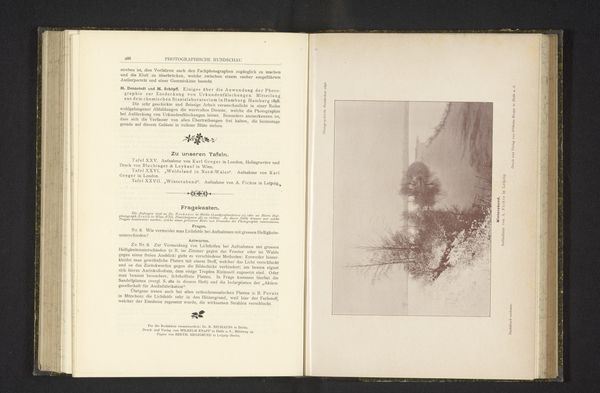
Dimensions: height 115 mm, width 160 mm
Copyright: Rijks Museum: Open Domain
Curator: Here we have a reproduction of a painting of children, initially conceived by Peter Paul Rubens and documented before 1883 in a print by Joseph Maes. The medium offers an interesting parallel to fresco paintings of the time. Editor: My first impression is one of ethereal grace; the cherubic figures almost float within the dark space, which feels both timeless and vaguely melancholic, don't you think? Curator: The composition certainly lends itself to that interpretation. Note how Maes has structured the image: The figures' limbs and torsos form a dynamic yet contained triangular arrangement. The monochromatic engraving, with its stark contrast of light and shadow, reinforces this structural integrity. Editor: Yes, the chiaroscuro is striking. The children, bathed in light, emerge from this hazy, undefined background. Speaking symbolically, the putti are evocative of renewal, the cycles of life. I sense themes of fertility and abundance, classic Baroque ideas, of course, amplified by their nakedness. Curator: Agreed. Moreover, their dynamic poses, limbs intertwined, serve to animate the two-dimensional picture plane. Observe the careful rendering of their corporeal forms – the soft curves of their bodies juxtaposed with the sharpness of the engraving's lines. We should be aware that an engraving is not like a painting and that the style of an artist will greatly differ when approaching this art medium. Editor: And even beyond purely aesthetic dimensions, these types of paintings were largely commissioned for noble households to represent wealth and dynasty continuity; it seems the images were supposed to invoke a certain vision of legacy. This element surely gave the patrons a sense of reassurance about their power? Curator: Very possibly so. Thinking again about the visual aspects, the absence of defined space contributes to a flattening effect, subtly drawing attention to the surface of the engraving itself as a constructed reality. Editor: Ultimately, though, these symbols – the children, their cherubic forms – speak to fundamental human experiences, of hope. Despite the darkness within, it suggests themes that continue to resonate. Curator: Precisely, so a close viewing provides the structure to contextualize its symbolism, revealing a fascinating exchange between form and the image’s long-lasting significance.
Comments
No comments
Be the first to comment and join the conversation on the ultimate creative platform.
